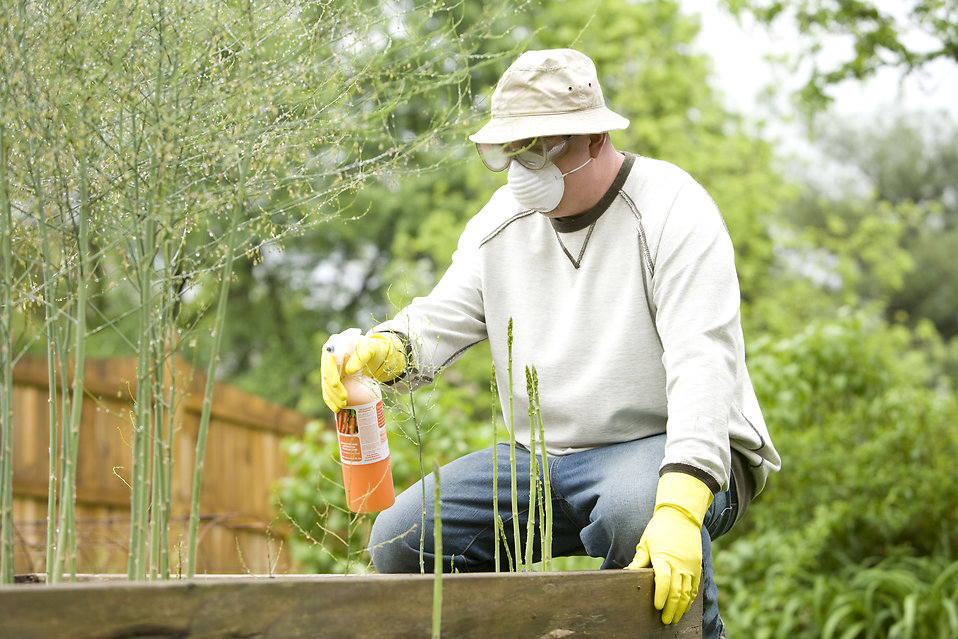Plans are being put in place to increase methyl bromide monitoring following a theoretical modelling report about how the log fumigant disperses into the environment after use.
This is additional monitoring, over and above the routine monitoring that industry is required to carry out every time methyl bromide fumigation occurs.
The mathematical modelling of operations at the Port of Tauranga was commissioned by the Environmental Protection Authority (EPA) as part of a modified reassessment currently under way to review the rules around methyl bromide use.
This modified reassessment is a statutory process where an independent decision-making committee considers evidence in relation to the way methyl bromide is used. The additional monitoring, to be carried out by WorkSafe, will feed into that process.
The Ministry of Health is maintaining a watching brief on the monitoring programme and stresses there is no immediate public health concern.
Gayle Holmes, Acting General Manager of the EPA’s Hazardous Substances Group, says:
“We know New Zealanders are concerned about methyl bromide use so it’s important that we get accurate data on which to base our decisions.
“Our mathematical modelling report conflicts with that put forward by industry as part of the current reassessment process, and others undertaken when methyl bromide was last reassessed in 2010. It is also at odds with routine monitoring data which industry is required to undertake whenever methyl bromide is used at ports around New Zealand.
“Computer-based modelling is a tool that uses an array of mathematical assumptions which can differ from the actual measurements of air quality. Because the reports all reflect different outcomes, the EPA commissioned an independent peer review to further test the hypothesis of its own report. It confirms that more detailed data is necessary.”
To gain more data, WorkSafe will begin monitoring air dispersal patterns following timber fumigations at the Port of Tauranga this week.
Catherine Epps, Head of Health and Technical Services at WorkSafe says:
“The tests are highly sensitive and require laboratory analysis. It will take some weeks to build an accurate picture on which to better understand the accuracy of computer modelling.”
Data from the tests will fill the gap between what the modelling reflects and what can be detected in the air; it will track the chemical’s dispersal patterns and concentration levels. This additional data will then be considered by the EPA Decision-making Committee which is responsible for deciding if changes are needed to the rules around methyl bromide use.
The mathematical modelling report, subsequent peer review and all other related information being put forward as evidence to inform the modified reassessment of methyl bromide is available on the EPA website.
The EPA’s Decision-making Committee considering the modified reassessment of methyl bromide announced the public hearings, planned for December, will be deferred to the new year, so that this additional monitoring data can be taken into account.
The EPA is New Zealand’s independent environmental regulator. One of its roles is to regulate pesticides, household chemicals and other dangerous goods and substances under the Hazardous Substances and New Organisms Act. and it makes decisions on whether to approve new hazardous substances.
It puts rules (called controls) in place to manage the risks of hazardous substances and to safeguard people and the environment.
As well as evaluating and approving substances, the EPA can reassess substances and make new decisions about whether the controls need to be updated, or whether the substance needs to be banned.
Methyl bromide is used in New Zealand as a fumigant to treat goods, including timber, for export to key trade partners such as China and India, who require its use as part of their quarantine requirements. It is also a requirement of the Ministry for Primary Industries (MPI) for many import risk goods.
Stakeholders in Methyl Bromide Reduction Inc (STIMBR) has applied for a reassessment of the approval for methyl bromide. The EPA is processing this application as a modified reassessment. This means that the reassessment will only consider specific aspects of the approval, such as the required controls. The approval to import or manufacture methyl bromide cannot be revoked in this type of reassessment.
WorkSafe enforces the provisions of the Hazardous Substances Regulations and the Health and Safety at Work Act (HSWA).
Under the Hazardous Substances Regulations, a business with management or control of a site at which fumigation using methyl bromide occurs must notify WorkSafe and the relevant medical officer of health if the Tolerable Exposure Limit is exceeded.
The business must also provide an annual monitoring report on a range of matters related to fumigation with methyl bromide, including any exceedances of the Tolerable Exposure Limit air value.
WorkSafe has reviewed these reports and has found that no breaches were reported. In the scenarios described by the modelling, a number of these breaches would have occurred, and WorkSafe would have been notified.
Under section 97 of the HSNO Act the Ministry of Health is also one of the enforcement agencies which has a responsibility to enforce the provisions of the HSNO Act, where it is necessary to protect public health.
Read the Decision-making committee’s direction and minute (pdf, 1.4MB)
Read the mathematical modelling report commissioned by the EPA (pdf, 7.6MB)
Read the peer review report of the latest modelling (pdf, 300KB)
Read the latest information about this reassessment process.
Source: Environmental Protection Authority












